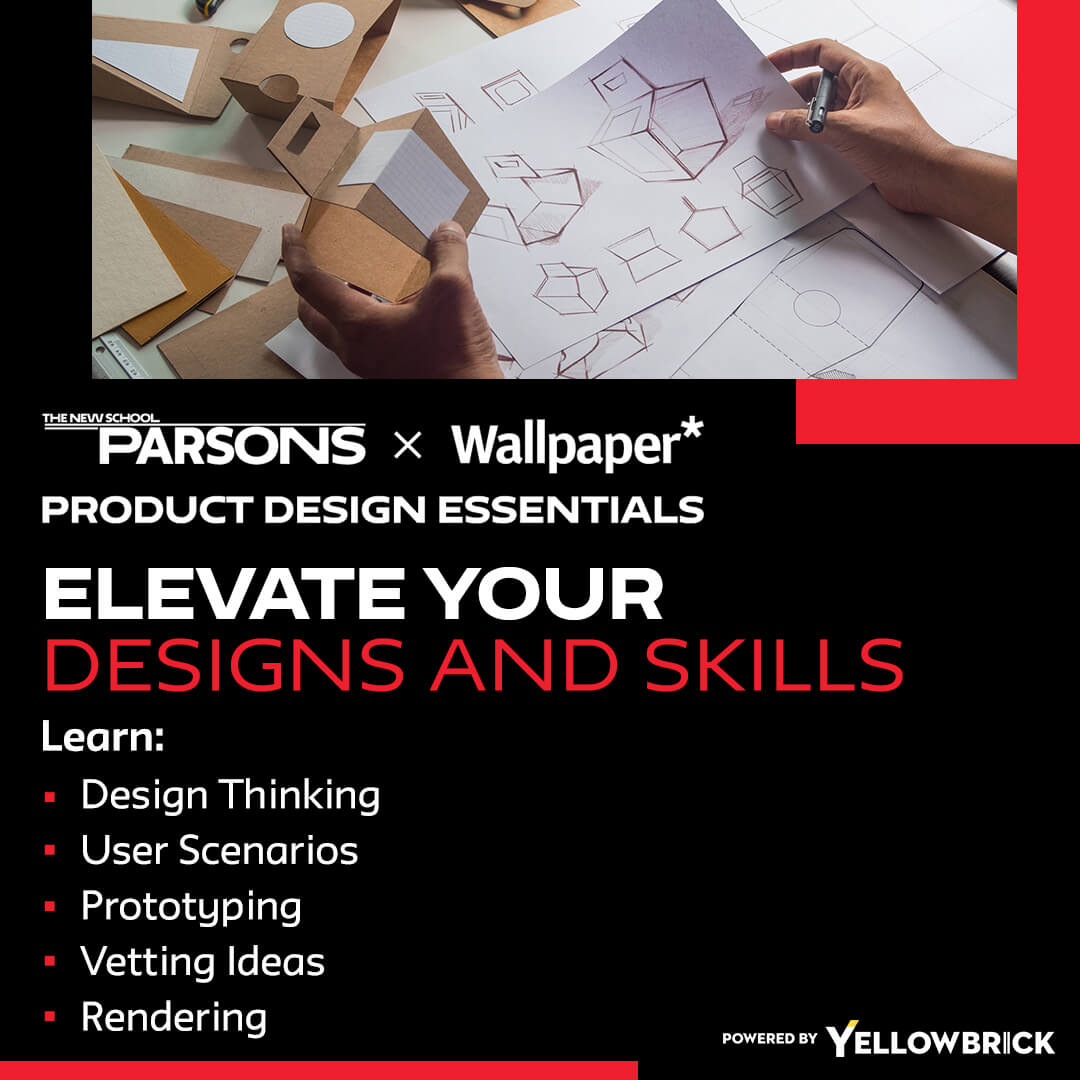How Much Do You Know About Digital Screen Experiences?

As we move away from motion pictures in the 20th century, we see the emergence of digital UI and UX design, right, and new worlds. Those were the first times we were confronted with the promise of digital technology and the kinds of new interfaces it would enable us to create, and where our creativity, combined with the complexities of the hardware and software, led us to consider other approaches to UI design.
When we have the mouse, we are already engaging with content that’s given to us on that same screen within which then there is hyperlinking for example, right, the idea of a click where you can go from one side to another, the idea of a keyboard where you can write and what you’re writing, the commands you’re putting; the input then translates into some understanding, some level of computation that takes place that then takes you to somewhere else. It’s really opened up a fissure into the linear narrative formation into one that’s based on decision trees with multiple possibilities.
So, although technology was advancing, we were reverting to interfaces with which we were extremely acquainted. And, as an example, consider my father, who is from the Caspian Sea. And he, I believe he loved fishing. And the size of his catch was always determined by the size of his audience.
So, depending on the engagement he had and the amount of absorption and enthusiasm, he would sometimes tell the same tale in 30 seconds and other times it would go on and on. And the fish of this size would eventually grow into a monster that he had captured, right? So, these new technologies are assisting us in transitioning from linear storytelling to interactive stories with decision trees, and then with augmented reality and immersive technologies, we are transitioning from screens to scenes where you are totally involved in an environment that you are in, which is known as UX.
And the ramifications are numerous. But what I find interesting is that we are attempting to return to that fundamental desire that we have to communicate with one another in ways that are more demanding of the audience, and that there is an expectation of what I term cohabitation cooperation, cohabitation, and cohabitation and co-creation.
The artist’s position is no longer one of “I will direct everything, and then I will present it in front of the public, and they will consume it.” I will always be co-creating with my audience, a little like the street magician who must always account for how the audience connects with the tale that is being delivered. These skills can be acquired through online UX design education.


